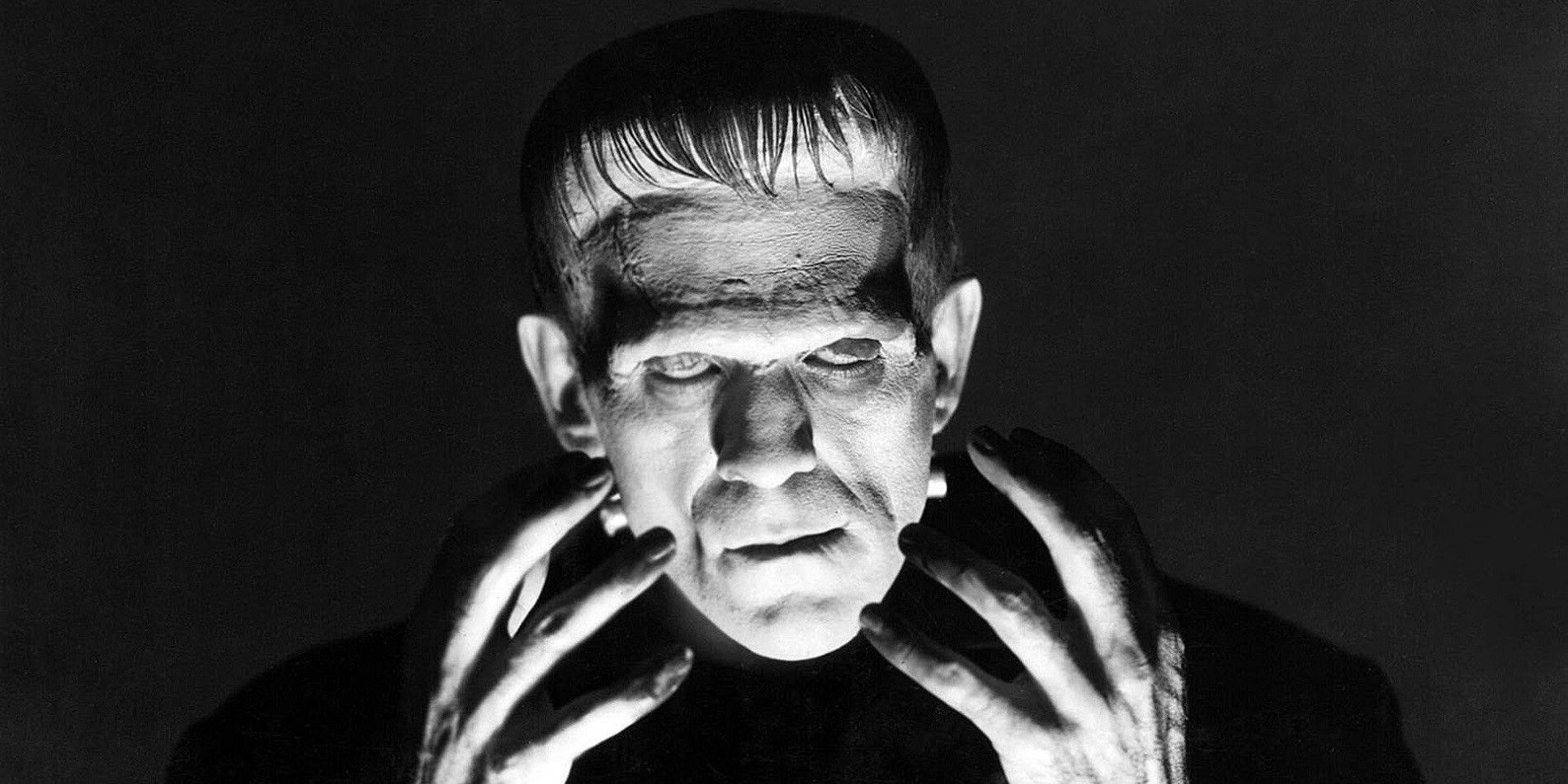
Horror movies are uniquely able to scare us by playing on our deepest fears. Looking back over a hundred years of scary films, it’s clear that certain anxieties consistently frighten audiences. From classic films by directors like Alfred Hitchcock to ghost stories and modern psychological thrillers, the best horror movies connect with something primal within us.
The most memorable horror films tap into universal fears, and even with all the changes in the world, what truly scares us hasn’t changed much. Looking back over the last hundred years of horror, it’s clear that no matter how much the world evolves, our deepest fear will always stay with us.
So Many Great Horror Movies Exploit The Fear Of Things We Don’t Understand
.JPG?q=49&fit=crop&w=825&dpr=2)
Horror movies often rely on sudden shocks, disturbing images, and violence to frighten us, but true fear comes from the unknown. What’s left to our imagination, the things we don’t see, is often much more terrifying than anything shown on screen.
Great horror films, like Alfred Hitchcock’s Psycho and The Exorcist, tap into our fears of the unknown. They offer a safe space to explore unsettling questions about the human mind, religion, and the possibility of things beyond our understanding, giving audiences a glimpse into another world.
John Carpenter’s classic horror film, The Thing, perfectly illustrates this by focusing on paranoia and distrust. The movie creates intense suspense because you never know who is human and who is a disguised alien. This uncertainty keeps viewers on the edge of their seats, forcing them to consider the terrifying unpredictability of the situation.
Many Great Horror Movies Don’t Even Show The Main Threat Explicitly
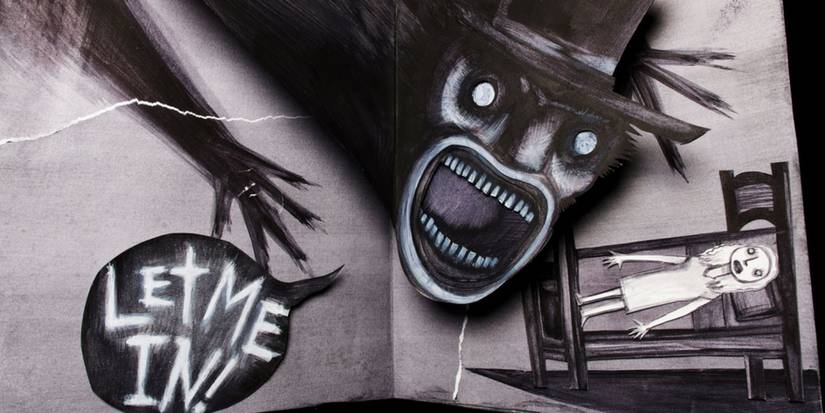
Horror movies perfectly illustrate the idea that simplicity can be powerfully effective. The most successful horror films often delay showing the monster, villain, or killer, building suspense and allowing the audience to create their own, often more frightening, visions of the unseen danger.
As a film buff, I’ve always been fascinated by how Jaws has endured as a classic. It’s not the shark attacks themselves that make it so memorable after all these years, but the way Spielberg brilliantly didn’t show the shark constantly. He’d tease the threat, building tension, and only reveal it at the most impactful moments. Honestly, it’s a perfect example of suspense, and the movie is actually more effective because it relies on implication rather than just graphic gore.
A great recent example is the film The Babadook, which presents a monster as a physical representation of depression and grief. The film’s impact comes from its exploration of the human mind, and by not showing the monster clearly, it allows viewers to connect with it based on their own personal experiences.
Why Fear Of The “Other” Is Such A Powerful Instinct For Audiences
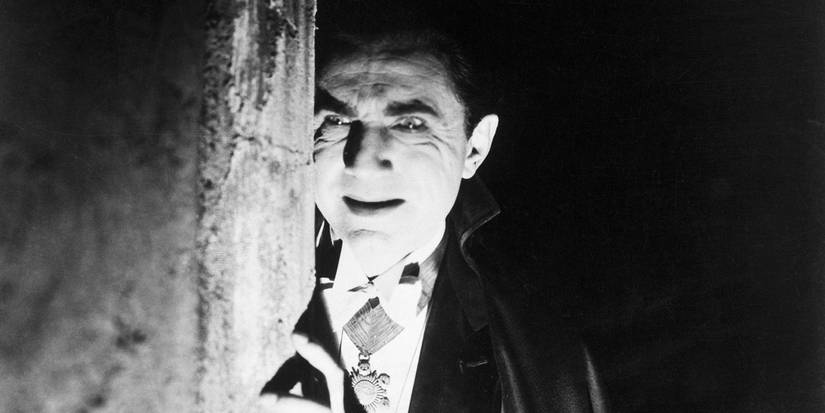
Horror movies often play on our fear of things we don’t understand, but a key ingredient of a truly scary film is also our natural suspicion of anyone or anything different from us. As humans, we’re naturally protective, and tend to see strangers or the unfamiliar as potential threats.
Horror often uses “the other” – anything seen as different or foreign – to represent our shared anxieties. Classic horror films, like Dracula with its roots in distant Transylvania, or the Cold War-era paranoia depicted in Invasion of the Body Snatchers, clearly reflect the specific fears of the times they were made.
Horror’s Reliance On Fearing The Unknown Explains Why Sequels Are Rarely Successful
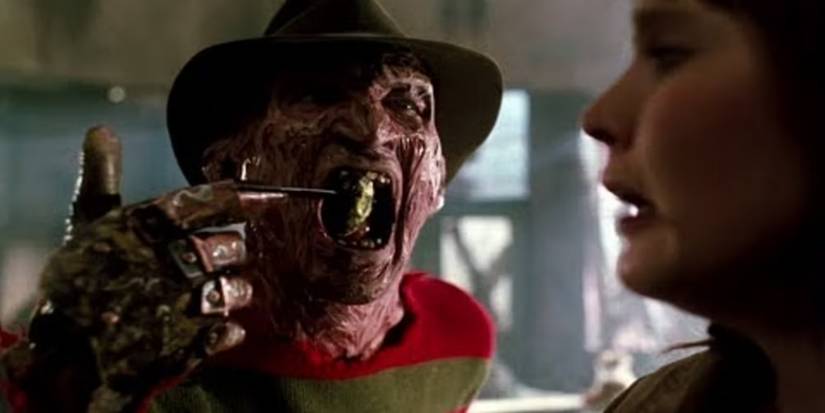
As a huge movie fan, especially of horror, I’ve always thought it’s so hard to make a good sequel. A big part of what makes the first movie scary is that you just don’t know what’s coming! By the time you get to the second one, you already have a pretty good idea of what the monster or villain is capable of, and unless the filmmakers can really throw you a curveball, it just doesn’t have the same impact. It’s tough to recapture that initial fear when you’re no longer surprised by the threat.
Once we understand what’s causing the fear – whether it’s a killer, a curse, or something supernatural – it loses its ability to truly frighten us. That’s why horror series like Halloween, A Nightmare on Elm Street, and Friday the 13th become less scary with each new movie, as the mystery disappears.
However, some sequels succeed by offering something new and giving people a reason to see them. For example, Evil Dead II changed its overall feel, Scream 2 cleverly poked fun at sequels themselves, and The Conjuring 2 built upon the established mythology and world of the first film.
Horror Movies Remain A Stark Mirror Of Real Life, Even In 2025
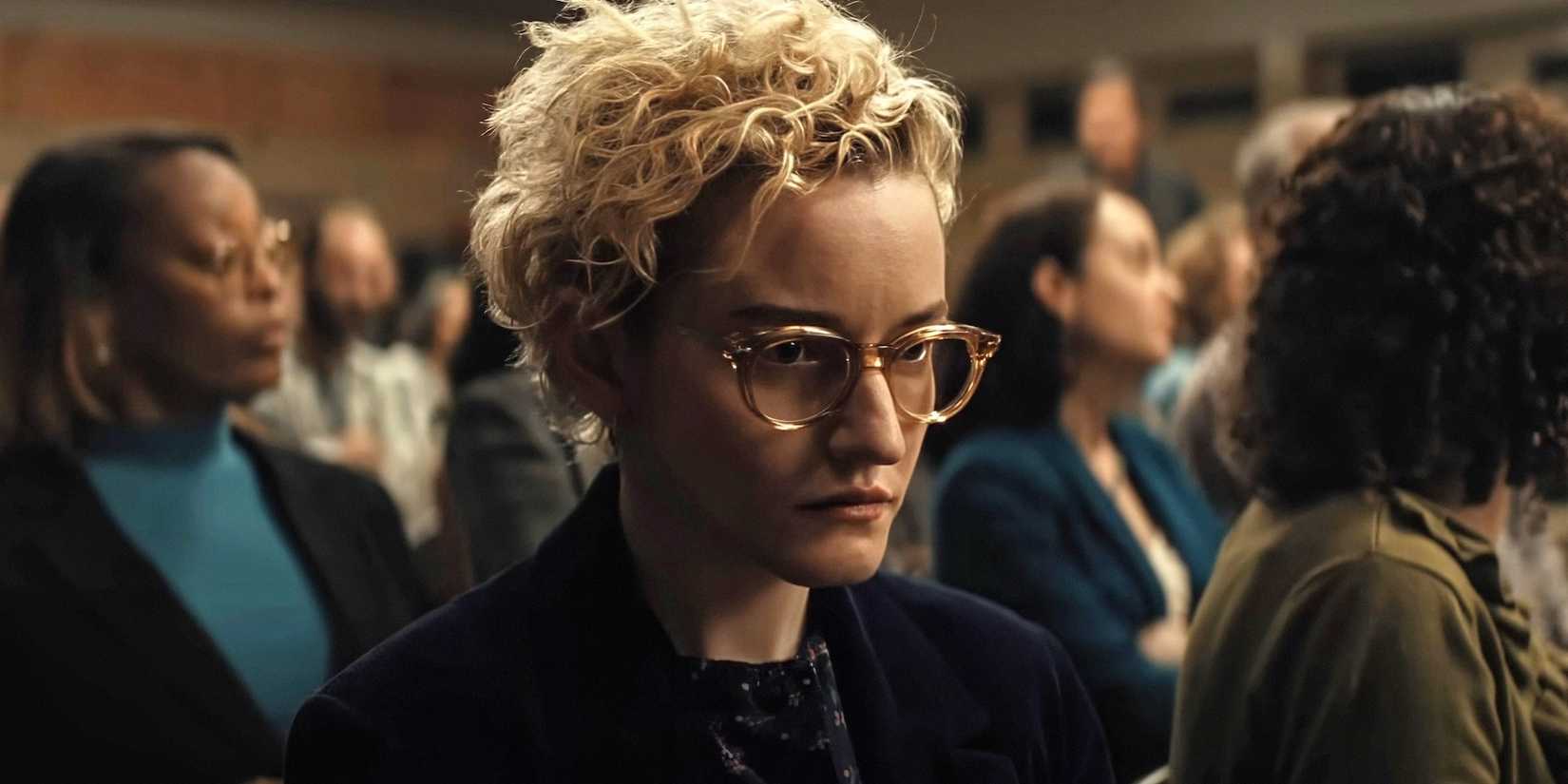 Warner Bros. /Courtesy Everett Collection
Warner Bros. /Courtesy Everett Collection
Great horror movies stay scary because they tap into things we genuinely fear in real life. We’re all afraid of the unknown because unexpected events happen constantly, and things can change dramatically without warning, leaving us unprepared for the challenges ahead.
Horror movies in 2025 still tap into the same basic fears that have haunted people throughout history – and likely will continue to haunt future generations. While today’s films often include modern issues like technology and politics, they ultimately explore those timeless, deeply rooted anxieties.
Read More
- Super Animal Royale: All Mole Transportation Network Locations Guide
- Shiba Inu’s Rollercoaster: Will It Rise or Waddle to the Bottom?
- Zerowake GATES : BL RPG Tier List (November 2025)
- The best Five Nights at Freddy’s 2 Easter egg solves a decade old mystery
- Pokemon Theme Park Has Strict Health Restrictions for Guest Entry
- Avengers: Doomsday Trailer Leak Has Made Its Way Online
- xQc blames “AI controversy” for Arc Raiders snub at The Game Awards
- Wuthering Waves version 3.0 update ‘We Who See the Stars’ launches December 25
- Daisy Ridley to Lead Pierre Morel’s Action-Thriller ‘The Good Samaritan’
- LINK PREDICTION. LINK cryptocurrency
2025-10-25 15:54